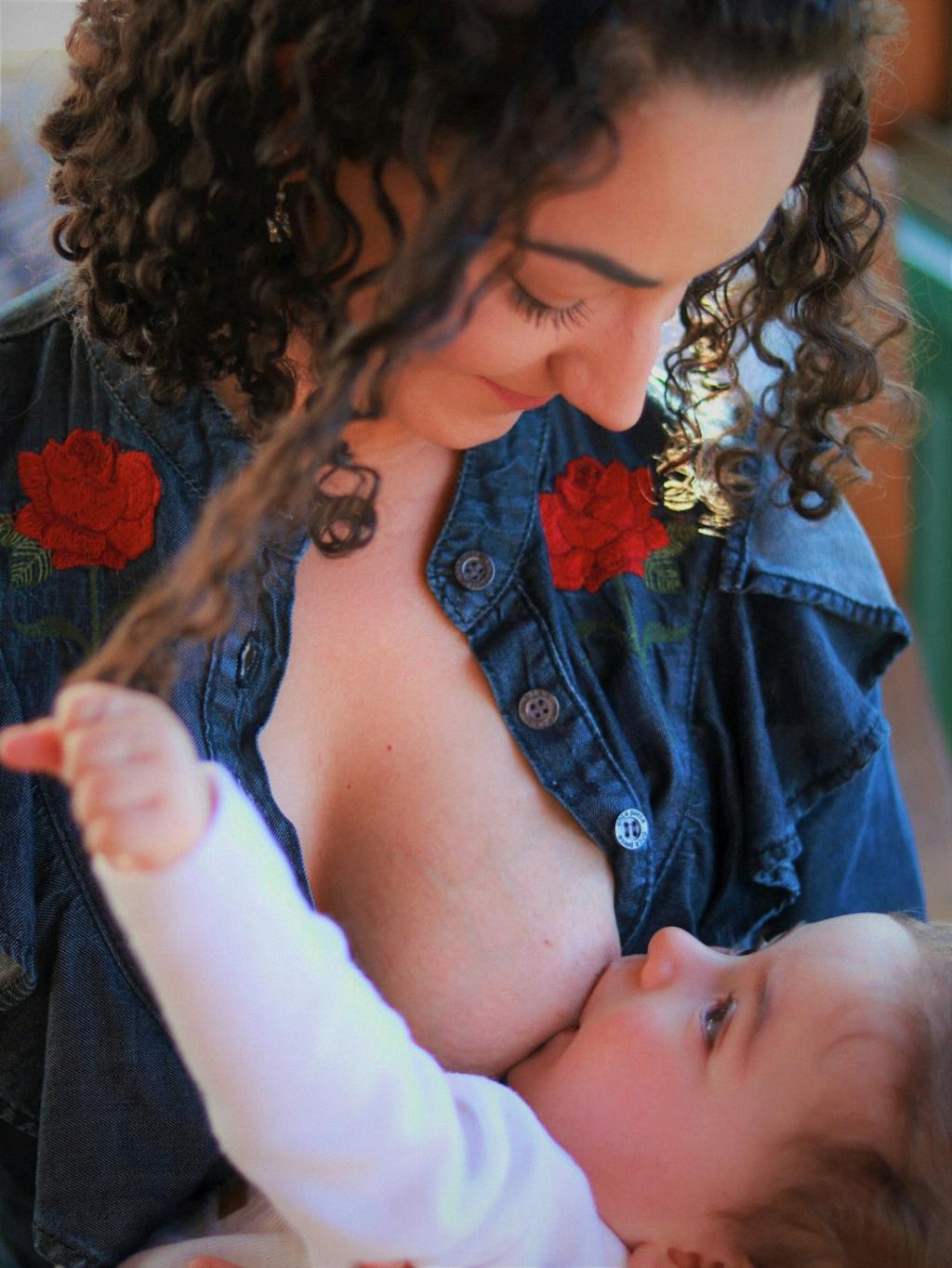Discovering a hard pea-sized lump in your breast while breastfeeding can indeed be a worrying experience. However, it is essential to approach this situation with a level head and understanding, as most lumps in a lactating mother’s breasts are benign and commonly related to the process of breastfeeding itself.
Possible Causes of Breast Lumps
When it comes to breastfeeding individuals, discovering a lump in the breast can often be related to milk-filled glands or an inflammation within the breast tissue. Inflammations such as blocked ducts or mastitis are common occurrences during lactation and can present themselves as hard pea-sized lumps.
The Role of Milk Ducts
During breastfeeding, the milk ducts in the breast are actively producing and storing milk for your baby. In some cases, these ducts can become blocked, leading to the formation of a firm lump. This blockage can cause discomfort and may require attention to resolve it.
Understanding Mastitis
If the lump in your breast is accompanied by tenderness, warmth, or redness in the surrounding area, it may indicate a condition known as mastitis. Mastitis is an inflammation of the breast tissue, commonly caused by a bacterial infection and may require medical treatment.
Importance of Seeking Medical Advice
While many breast lumps encountered during breastfeeding are benign, it is crucial to consult with a healthcare provider to rule out any serious underlying conditions. A healthcare professional can provide a proper diagnosis and recommend appropriate treatment based on the specific cause of the lump.
Preventative Measures for Breast Lumps
There are several steps you can take to reduce the likelihood of developing breast lumps during breastfeeding. Ensuring proper breastfeeding techniques, maintaining good breast hygiene, and wearing supportive bras can all play a role in preventing issues such as blocked ducts and mastitis.
Self-Care Strategies
If you notice a lump in your breast while breastfeeding, there are self-care strategies you can implement to alleviate the discomfort and promote healing. Applying warm compresses, gently massaging the affected area, and continuing to breastfeed can help in resolving minor issues.
Managing Mastitis
If your breast lump is diagnosed as mastitis, your healthcare provider may recommend antibiotics to treat the infection. It is essential to complete the full course of medication as prescribed and to continue nursing from the affected breast to help clear the infection and prevent further complications.
Support and Encouragement
Experiencing a breast lump while breastfeeding can be emotionally challenging for many individuals. It is essential to seek support from healthcare professionals, lactation consultants, and fellow breastfeeding mothers to receive guidance, reassurance, and encouragement throughout the process.
Monitoring Changes in Your Breast
Regularly monitoring your breasts for any changes, lumps, or abnormalities is vital for early detection and prompt intervention if necessary. If you notice any persistent lumps, changes in breast tissue, or unusual symptoms, do not hesitate to seek medical advice promptly.
Conclusion
In conclusion, discovering a hard pea-sized lump in your breast while breastfeeding can be a concerning experience, but it is often related to common issues such as blocked ducts or mastitis. By understanding the possible causes, seeking medical advice when needed, and implementing preventive measures, you can navigate this situation with confidence and ensure the health and well-being of both you and your baby.

